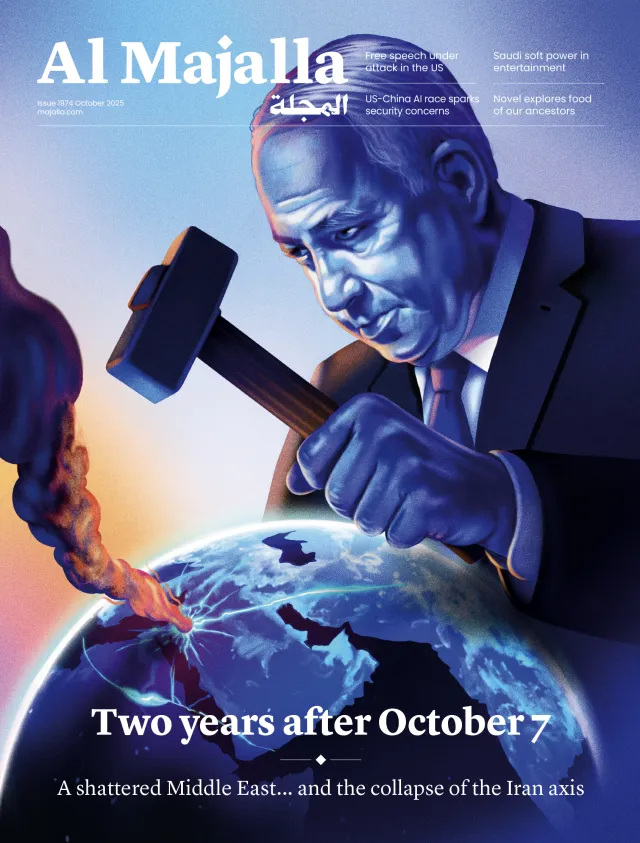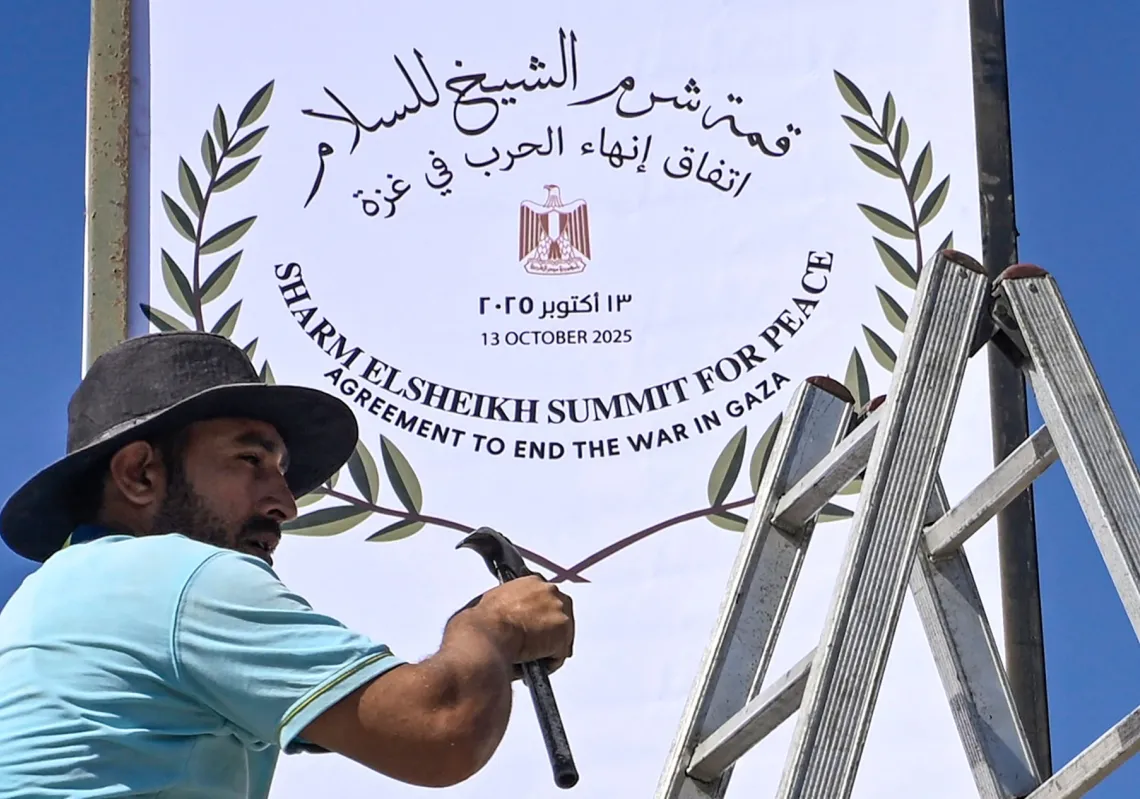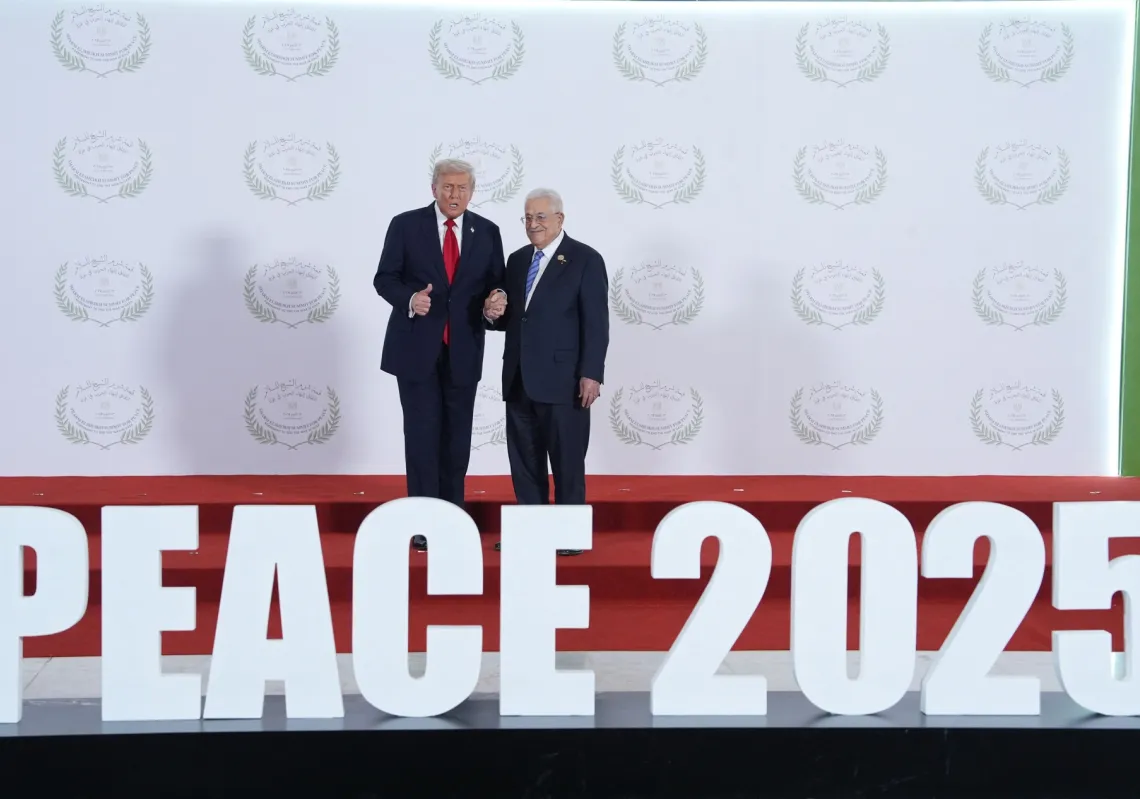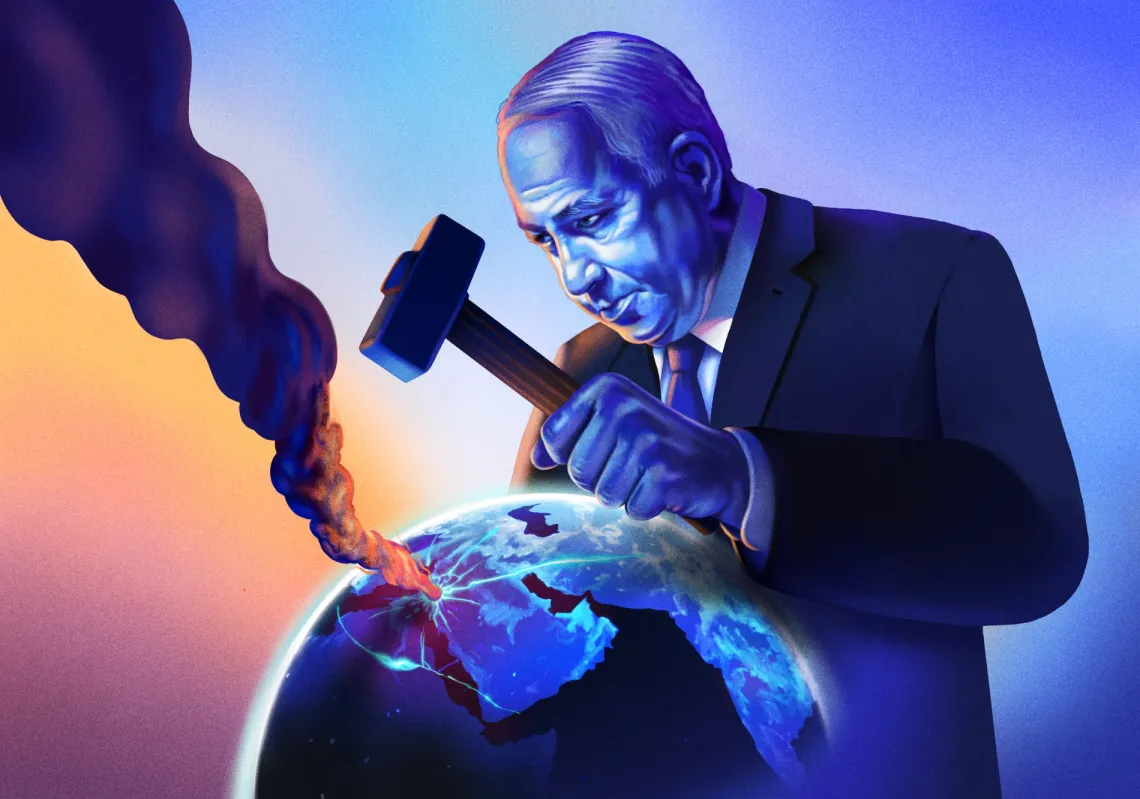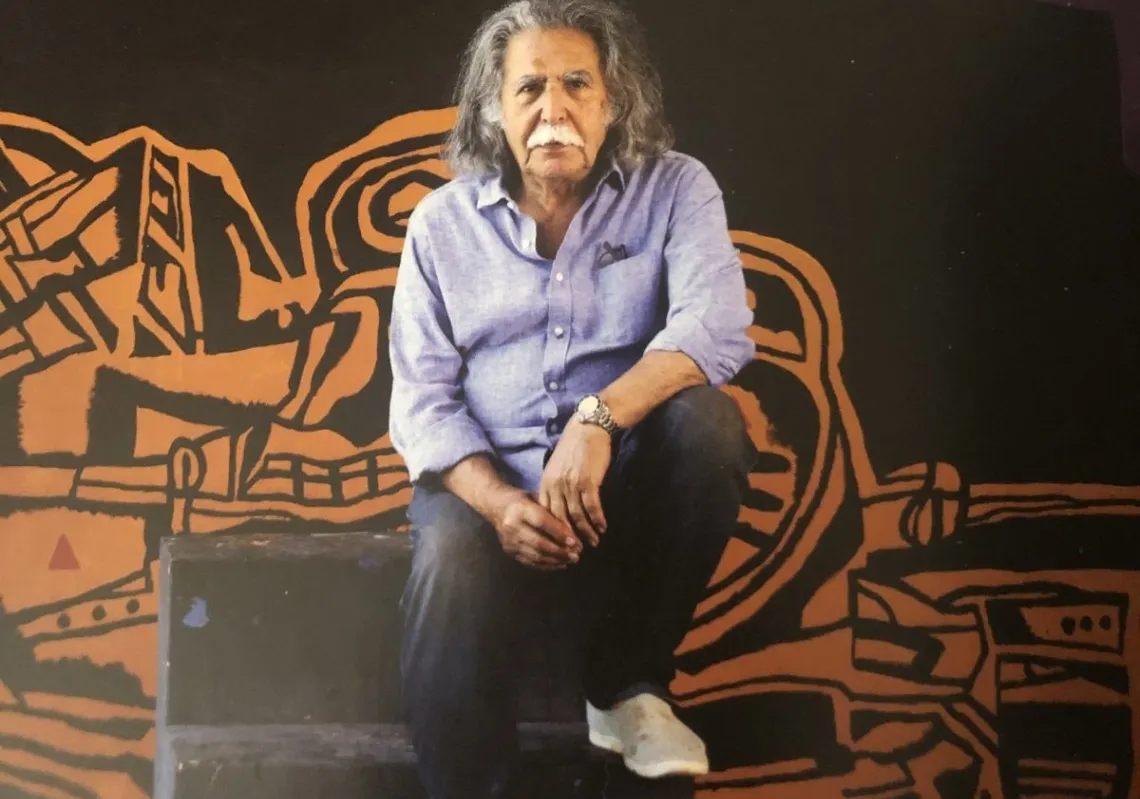The death of an old order is easier to spot than the birth of a new one. A full century passed after the storming of the Bastille in 1789 and the demise of the dauphin before France finally emerged as a modern republic. (Chinese Premier Zhou Enlai, when asked for his opinion of the French Revolution, famously replied that it was too early to tell.) Historians may date the end of Iran’s Islamic Revolution – which this year celebrates its 30 anniversary – to the martyrdom of 27-year-old Neda Agha Soltan, a political innocent whose digitized shooting by riot police last week is now the burning pyre of a movement to depose another Ancién Regime.
But to what end? While the power struggle between President Mahmoud Ahmadinejad and Mir Hossein Mousavi has downshifted, the country is very much in play politically and Iran’s deteriorating economy will severely limit the policy options available to whichever side prevails. Mousavi has little chance of getting the ballot recount he is demanding despite evidence of widespread fraud in Ahmadinejad’s re-election landslide. Yet it is equally unlikely the regime can survive its brazen assault on Iran’s constitutional ideals, and in the jerky digital images from Tehran there are contours of fin-de-siècle denouement.
“I don’t think we’ve seen the end of this,” said Abbas Milani an Iranian specialist at Stanford University. “Khamenei cannot regain his credibility. He does not have the power to contain this movement. Important constituencies are with the transition.”
Even by its uniquely low standards, the government reacted to the uproar over Ahmadinejad’s alleged victory in an extraordinarily ham-fisted manner. No sooner had Supreme Leader Khamanei declared the poll results valid did an oversight council announce that the number of votes registered in 50 cities exceeded the number of eligible voters by three millions. The Guardian Council, meanwhile, has rejected all charges of fraud in the hotly contested national campaign. Clearly panicked, the regime has arrested many hundreds of protestors, journalists, and academics. Anyone who questions the legitimacy of the elections, and therefore the integrity of the government itself, is fair game for detention at the hands of the Islamic Revolutionary Guards Corps, or Pasdaran. According to The New York Times, the Islamic Republic of Iran “is no longer a theocracy, but a government headed by military chiefs.”
The backlash appears to have caught the clerics by surprise – except perhaps Khamenei himself, who according to Milani asked his aides several years ago to conduct a study of the so-called “colored” revolutions that brought down despotic governments in the former Soviet Union. What felled other sclerotic autocracies, Khamenei may have reasoned, could presumably envelope his own.
Now, Khamenei and his conservative allies find themselves stalked by a noose of green sash and any decent economist could tell them why. Iran is both poorer and younger than it was in 1998 and 2005, the last time popular outrage erupted into street protests. In 1996, in the aftermath of a severe economic downturn, young people between the ages of 15 to 29 accounted for 28.4 percent of the population; a decade later they account for more than 35 percent of the citizenry and 70 percent of the unemployed – among the highest such rates globally and the highest for the Middle East. Many of the demonstrators on the streets of Tehran and other major cities are the children of Iranians who two decades ago dismissed themselves a part of a lost generation. Now their sons and daughters face the same fate. Neither demographic has much to lose in a winner-take-all clash with the regime.
For Iran’s forlorn youth, as well as those old enough to have watched the revolution devour its own, Ahmadinejad’s supposed victory was the final affront. The Iranian government – estranged from its people through years of endemic corruption, brutality, and ineptitude – has fractured into shards for all to see. The Supreme Leader, widely regarded as an arriviste because he was elevated as part of a compromise over who would succeed Grand Ayatollah Ruhollah Khomeini, has come under personal attack. The respected Ayatollah Hossein-Ali Montazeri, Khomeini’s designated heir who was sacked in 1989 after he openly criticized regime militarism, has challenged both the election results and Khamenei’s credibility. Members of parliament angered by the ferocity of the crackdown have summoned the heads of the interior, justice, and intelligence ministries to a hearing to explain themselves. Hashemi Rafsanjani, the former president and formidable power broker, is negotiating a coalition of senior clerics in the sacred city of Qom in opposition to the regime. Never a monolith, despite the delusions of American neoconservatives, Iran’s religious elites are in open rebellion.
It is an asymmetrical conflict, this as-yet peaceful resistance that Mousavi refers to as the savior of a movement that brought down Shah Mohammad Reza Pahlavi only to become militarized under Khamenei and the Pasdaran. (Both Khamenei and Ahmadinejad have close links to the Pasdaran, and its veterans are well represented among government ministers.) While Khamenei has lethal might at his disposal and a clear proclivity for using it, Mousavi must show restraint or else forfeit his moral authority. The prospect of compromise between Khamenei and Mousavi is dim given the utter lack of good will on both sides. Successful negotiations would require concessions, and both men remember how long the shah lasted after he assumed, in response to growing opposition to his rule, partial responsibility for offenses committed against the Iranian people.
Yet there are checks on Khamenei that, if shrewdly exploited, could subvert what is left of his mandate. In the latest display of how frivolous technology can be deployed with great effect in an insurgency, camera-phones and “twitter” texting have exposed Republican Guard atrocities and constrained a regime that fears a harvest of fresh martyrs. “Khamenei said Karim Sadjadpour, an Iran expert and associate at the Carnegie Endowment for International Peace in Washington, “is carefully calibrating the use of force because he recognizes that in 1978 the more people the shah killed, there was more mourning ceremonies and these protests simply mushroomed. And as time passed, the legitimacy of the regime – the shah’s regime – eroded in the eyes of people. And that’s exactly what’s happening right now.”
Unlike the leaders of China’s doomed pro-democracy movement exactly twenty years and three weeks ago (2009 is shaping up to be quite a year for inauspicious anniversaries), the opposition in Iran appears to have adopted a tactical retreat. The next phase of the movement could take months, if not years to play out, according to Sadjadpour. Their large street rallies contained by state security, Mousavi and his allies may next call for a general strike that would cripple an already beleaguered economy. The success of such a move would hinge on support from leaders of Iran’s mighty merchant class – the bazarris who were key allies of the clerics in their revolt thirty years ago, only to see commerce evaporate under international sanctions, economic mismanagement, and the frequent “bite” from corrupt police and security agents.
“The bazarris remain extremely powerful even though the revolution has been devastating for their businesses,” said Sadjadpour. “They would be an important group to turn against the regime.”
If nothing else, the mayhem and schismatic feuds in Iran have put to rest the former Bush administration’s breathless interpretation of Iran as an ascendant regional power. What was characterized as a cohesive force for instability in the Middle East is in fact a dystopic regime held together by shadowy patronage systems, fuel subsidies, and easy credit financed by the country’s oil sector. The country faces a balance of payments deficit equal to about 10 percent of its gross domestic product. Yet unlike Saudi Arabia and other cash-rich petroleum producers, Tehran lacks the reserves needed to cover a widening foreign exchange gap created by declining oil prices. To compensate, it must either increase non-oil exports, which demands a cheaper Iranian currency to make local goods more competitively priced overseas – and higher inflation, as a result – or it could cut imports. In the 1990s, faced with capital shortages amid an economic slowdown, Iran’s state-owned companies turned to short-term borrowings from foreign lenders – an option that does not exist in today’s tight lending environment.
Corruption in Iran today is considered to be far worse than it ever was under the shah. For years, the Republican Guard has been erecting its own economic empire, with investments in Gulf energy companies, construction firms (including Construction Jihad, a major developer), and Tehran’s subway system and airport terminals. It also controls the country’s nuclear-power facilities, the center of so much international grief, and long-range missile plants.
Then there are the Bonyads, or charitable foundations. They number in the hundreds and they are invested in everything from soybean farms to hotels. Their revenues, much of which comes from a massive smuggling trade, are estimated to account for about 30 percent of the Iranian economy. The Bonyads are untaxed, free from direct government control, and they are currently feasting on Iran’s massive privatization program.
To make matters worse, Iran is burning through its petroleum stocks – the economy’s very life blood – faster than it can regenerate them. Though blessed with some of the world’s largest hydrocarbon reserves, Tehran is expected to be a net oil importer by 2020 due to chronic underinvestment in its energy fields.
The challenge of reforming the Islamic state is as daunting a task as removing the regime that turned it to rubble. On the other hand, it was Ahmadinejad’s botching of the economy that put him on the defensive during the campaign, and as a growing trove of evidence suggests, obliged him and his confederates to finesse the results. Khomeini may have been at least half right in his oft-quoted remark that the 1979 revolt had nothing to do with the price of watermelons; like all successful revolts, it was about human dignity and government accountability as much as commerce. By indulging regime insiders while depriving the people of the most basic entitlements, however, Khomeini’s successors hollowed out the revolution from within.
Revolutions, like pre-emptive wars, are highly organic and unpredictable things. The vanguard of one movement often turns out to be a mere placeholder for another. (Just ask any good Trotskyite, if you can find one.) The warring factions in the current Persian drama, however distinct they may seem today, will likely assume different forms the longer the struggle lasts. Both rulers and challengers seem to be digging in for a long siege. To paraphrase Winston Churchill, a man who understood power and conflict better than he did the aspirations of subjugated peoples, we may be witnessing “the end of the beginning” of Iranians’ struggle for renewal. And in true Persian fashion, the most decisive thrusts will be the ones we don’t see.
Stephen Glain - Washington based journalist and author specialising in Asia and the Middle East.

